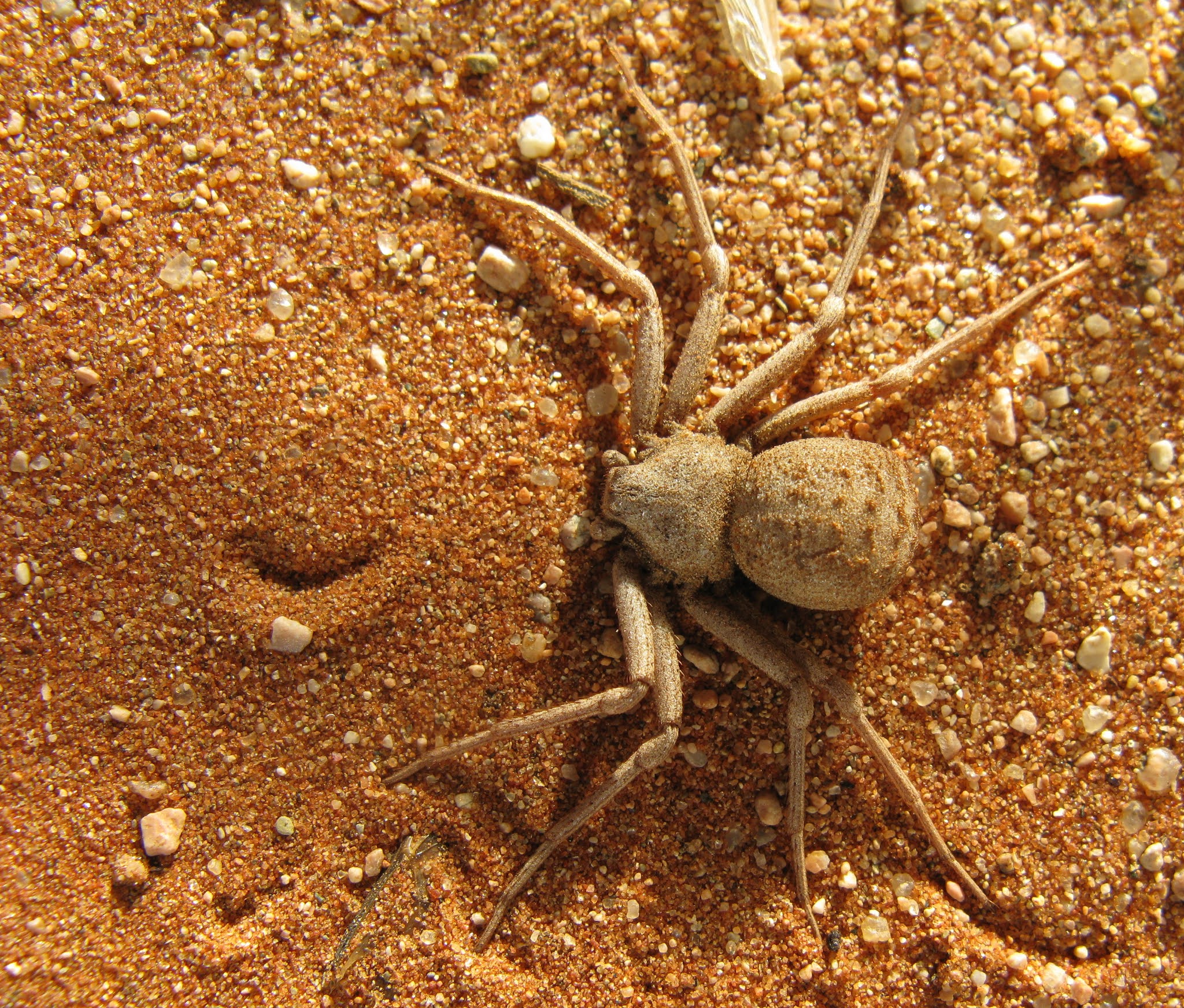Sand spiders, often misunderstood due to their fearsome appearance, are fascinating creatures that play an essential role in their ecosystems. These arachnids belong to the family Sicariidae and are known for their unique adaptations to desert environments. In this article, we will delve into the characteristics, behavior, and ecological significance of sand spiders, as well as address common myths and concerns associated with them.
The sand spider, also known as the recluse spider, is infamous for its venomous bite, which can be harmful to humans. However, understanding these creatures can help demystify their nature and importance in maintaining ecological balance. This article aims to provide a comprehensive overview of sand spiders, from their biology to their role in their habitats.
By the end of this article, readers will gain a deeper appreciation for sand spiders, recognizing them not just as dangerous predators, but as integral components of their ecosystems. Let’s explore the world of sand spiders in detail.
Table of Contents
- Biography of Sand Spider
- Physical Characteristics
- Natural Habitat
- Behavior and Diet
- Venom and Human Interaction
- Conservation Status
- Myths and Misconceptions
- Conclusion
Biography of Sand Spider
Sand spiders are part of the Sicariidae family, which includes some of the most venomous spiders in the world. They are often found in sandy regions, hence their name. Here is a brief biodata of the sand spider:
| Attribute | Details |
|---|---|
| Scientific Name | Sicarius spp. |
| Common Names | Sand Spider, Recluse Spider |
| Habitat | Deserts and sandy areas |
| Diet | Insects and other small arthropods |
| Venom | Hemotoxic, potentially harmful to humans |
| Behavior | Nocturnal |
Physical Characteristics
Sand spiders exhibit several distinctive physical traits that help them adapt to their environment:
- Coloration: They typically have a light brown or yellowish color that helps them blend into their sandy habitats.
- Size: Sand spiders can vary in size, with some species reaching up to 2 inches in body length.
- Eyes: Unlike many other spiders, sand spiders have fewer eyes; they usually have six eyes arranged in pairs.
- Legs: Their long, slender legs allow for quick movements across the sand.
Natural Habitat
Sand spiders thrive in arid regions, particularly in deserts where they can easily camouflage themselves. Here are some key aspects of their habitat:
- Geographical Distribution: Sand spiders are primarily found in regions such as the southwestern United States, parts of Africa, and the Middle East.
- Burrowing Behavior: They often create burrows in the sand to hide from predators and to regulate their body temperature.
- Environmental Conditions: These spiders prefer dry, warm climates with minimal vegetation.
Behavior and Diet
Sand spiders are primarily nocturnal hunters. Their behavior is characterized by the following:
- Hunting Strategy: Sand spiders employ a sit-and-wait strategy, camouflaging themselves in the sand until prey approaches.
- Diet: They primarily feed on insects and small arthropods, using their venom to immobilize their prey.
- Reproduction: Mating occurs in the spring, with females laying eggs in silk egg sacs.
Venom and Human Interaction
One of the most common concerns regarding sand spiders is their venom:
- Venom Composition: Their venom contains hemotoxins, which can cause tissue damage.
- Human Bites: While bites are rare, they can occur when sand spiders feel threatened. Symptoms may include pain, swelling, and in severe cases, necrosis.
- First Aid Response: If bitten, seek medical attention immediately to manage symptoms effectively.
Conservation Status
Sand spiders, like many species, face threats from habitat destruction and climate change:
- Habitat Loss: Urbanization and agricultural expansion have led to the loss of their natural habitats.
- Conservation Efforts: Awareness campaigns and protective measures are being implemented in some regions to preserve their habitats.
Myths and Misconceptions
Numerous myths surround sand spiders, often stemming from fear and misunderstanding:
- Myth 1: All sand spiders are highly venomous.
Fact: While some species are venomous, not all pose a significant threat to humans. - Myth 2: Sand spiders actively seek out humans to bite.
Fact: They usually bite only when threatened.
Conclusion
In summary, sand spiders are remarkable creatures that play a vital role in their ecosystems. Understanding their behavior, habitat, and the myths surrounding them can help foster a greater appreciation for these arachnids. It is important to respect their role in nature and approach them with caution. If you have any experiences or questions about sand spiders, feel free to leave a comment below. We encourage you to share this article with others and explore more about the fascinating world of spiders.
Thank you for reading, and we hope to see you back on our site for more informative articles!
A Tragic Incident On Lake Havasu Results In The Death Of A Baby.
One Of The Rising Stars Of The Digital Age Is Linset Dawn.
Nellie Biles's Nationality Is Revealed, Providing Insight Into Her Past.


